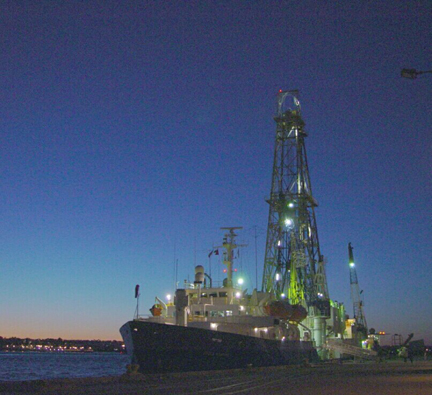The marine subsurface — a region that lies at least a meter below the seafloor — is equivalent in size to roughly 70 percent of the Earth’s surface and is thought to be home to a third of the world’s microorganisms. Because of their location, many of these species have not been studied, much less cultivated away from their natural habitats, and researchers hope to change that.

Photo: courtesy of Integrated Ocean Drilling Program
Using sediments collected from the waters around the South Pacific, South America and Africa, researchers hope to extract and sequence DNA samples from various bacterial and archaeal species to develop fosmid libraries with sequences ranging in length from 30,000 to 40,000 bases. The information will be used by researchers to determine where these subsurface species belong on the Tree of Life, as well as provide marine subsurface scientists with a key component to understanding the relationships between these microorganisms, the sediments and the carbon and nitrogen cycles. Also, because the archaeal species at the subsurface have been shown to use the buried carbon sources in the region, the microorganisms’ genomes might offer clues to previously unknown pathways for ethane and propane formation and provide ideas for tapping these buried hydrocarbons.
Principal Investigators: Jennifer Biddle (University of North Carolina)
Program: CSP 2009